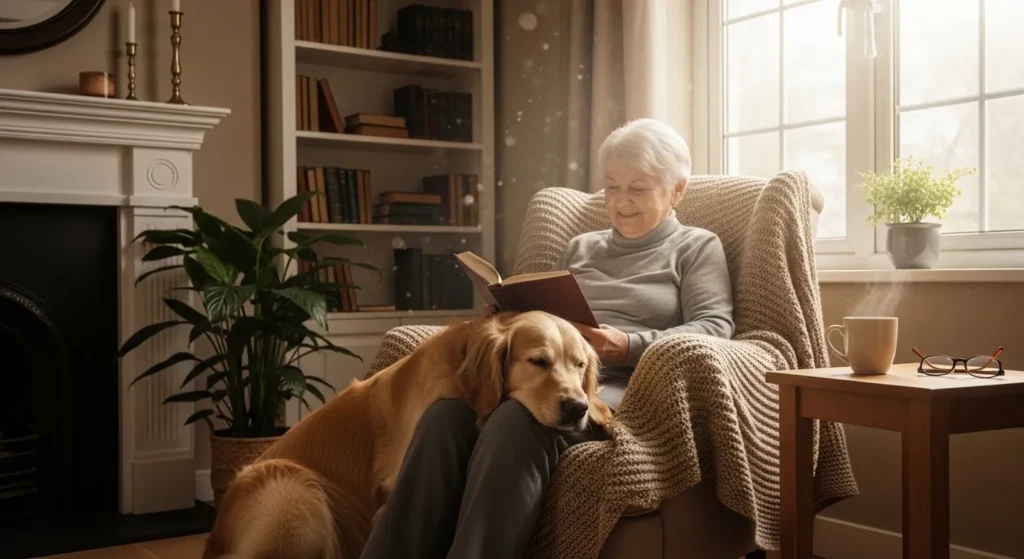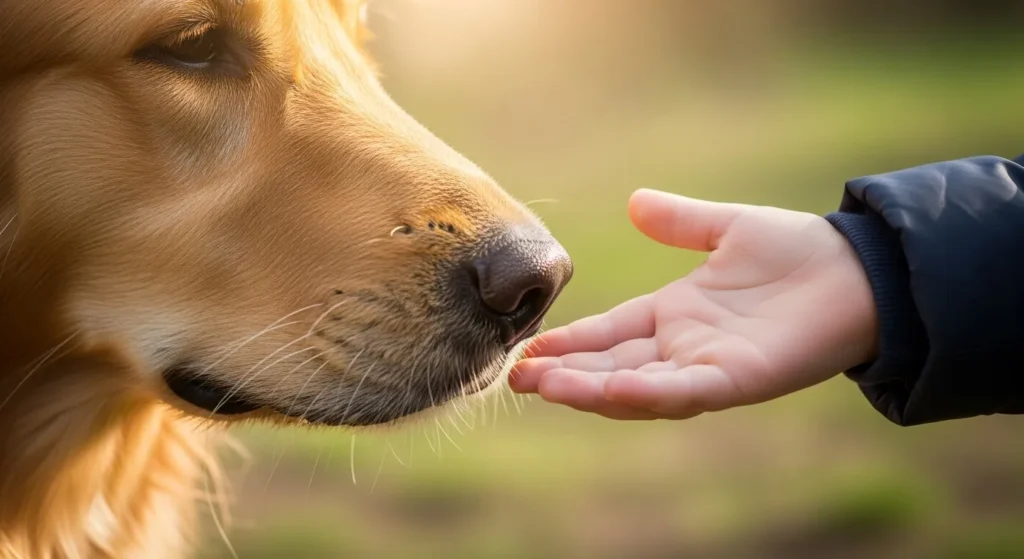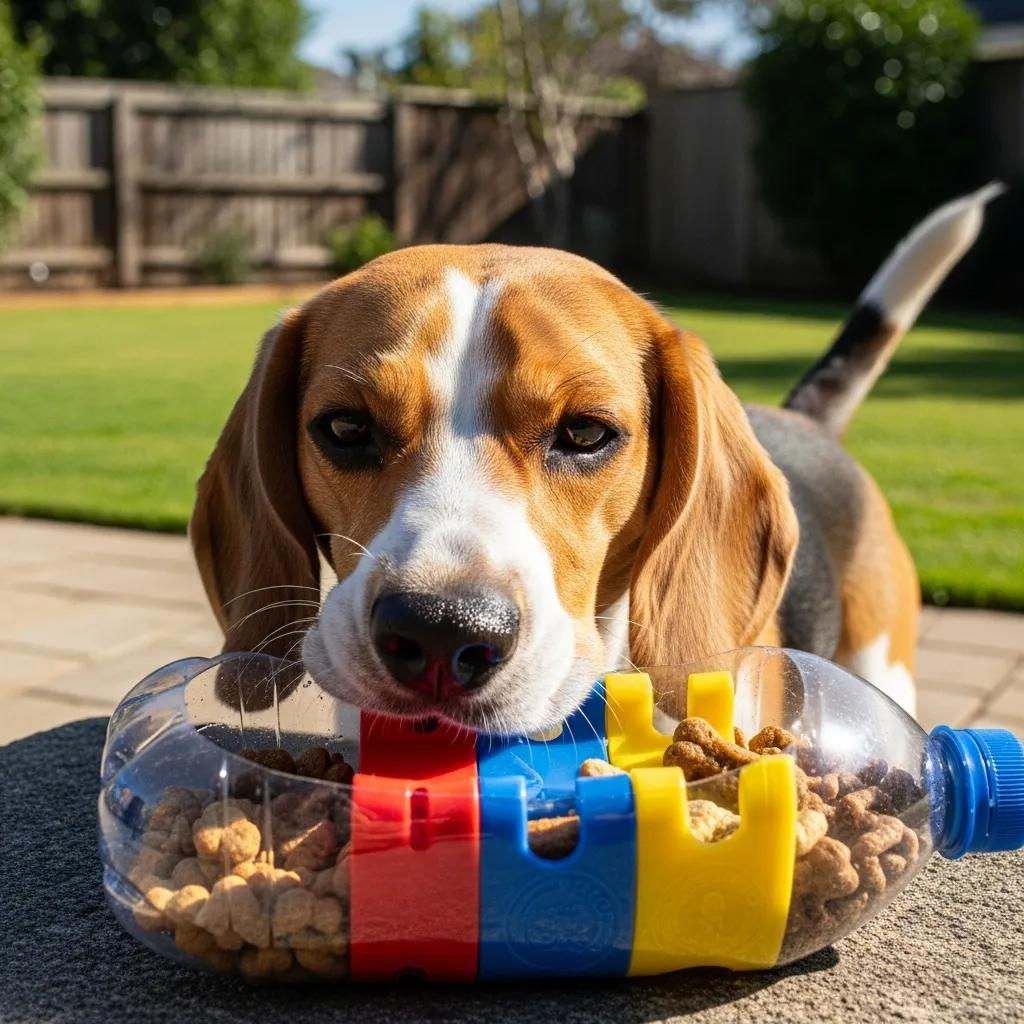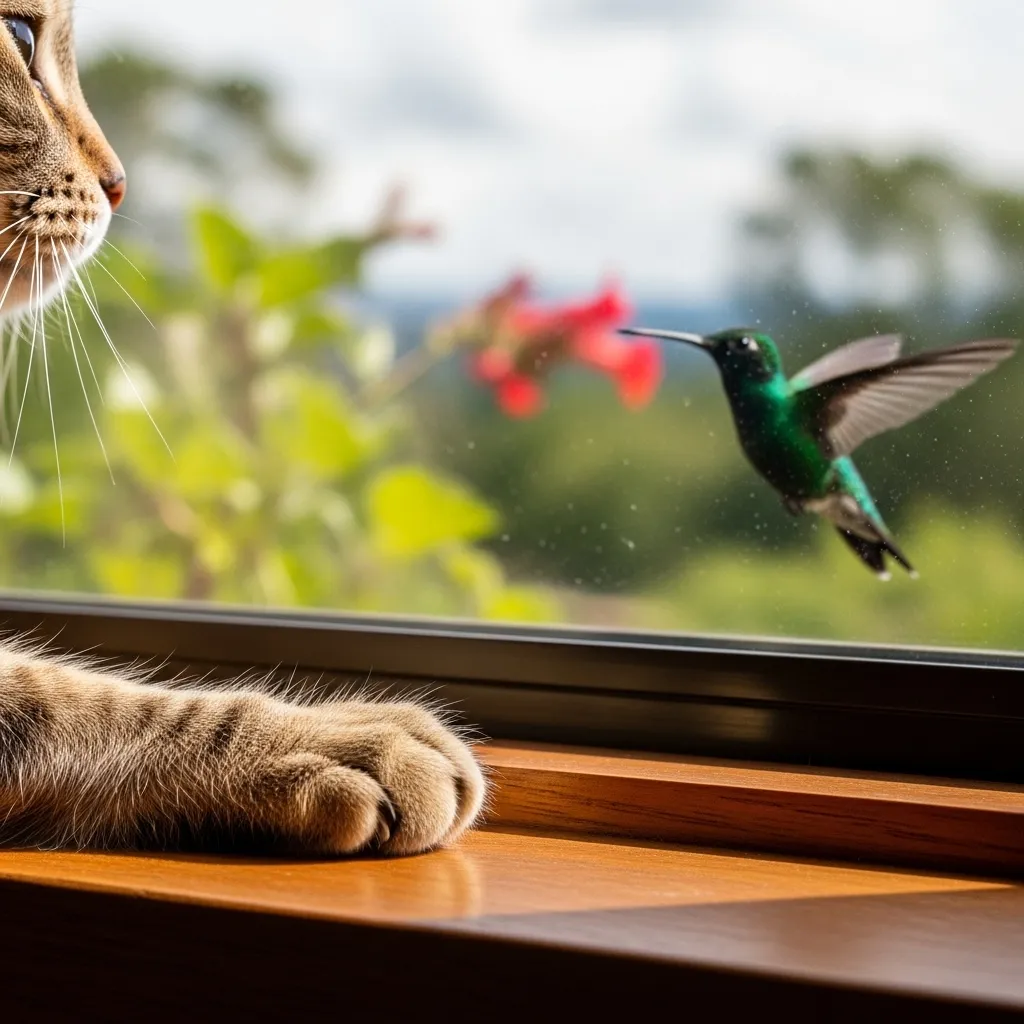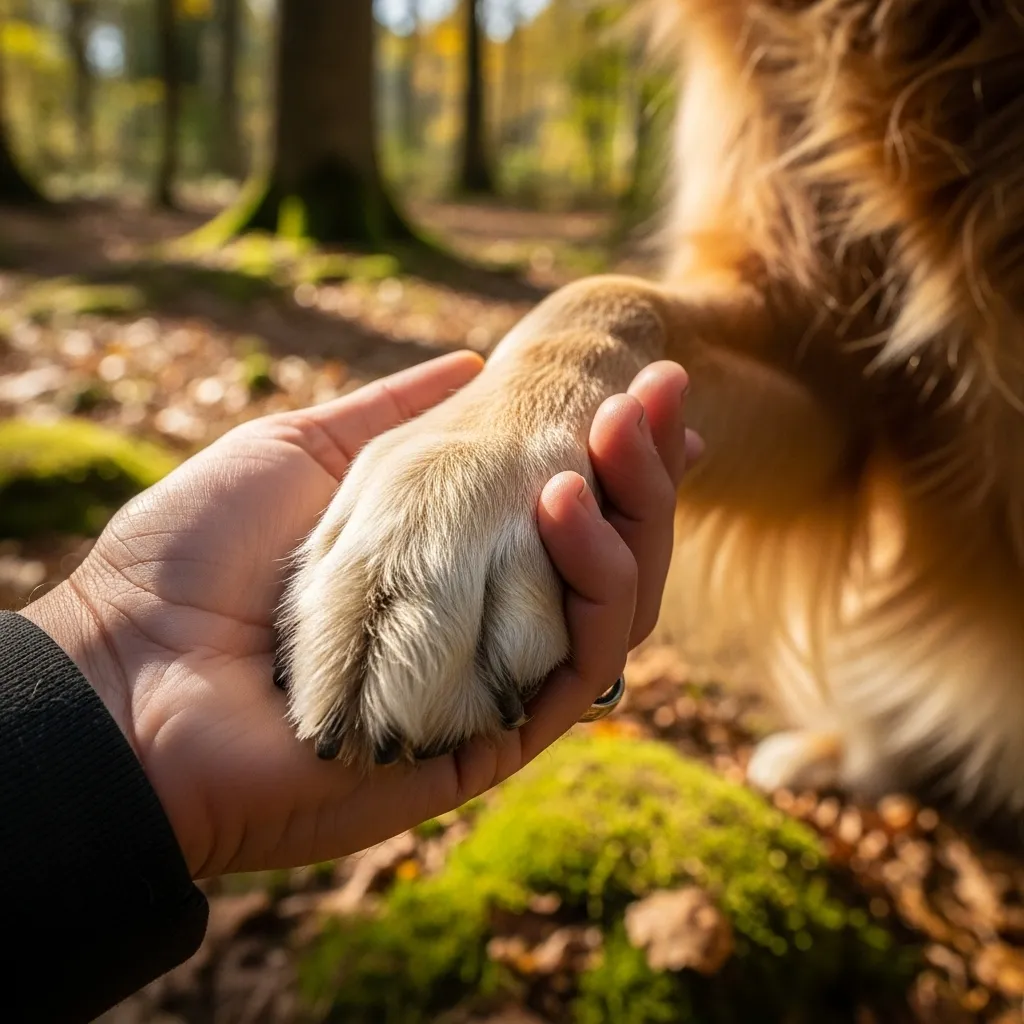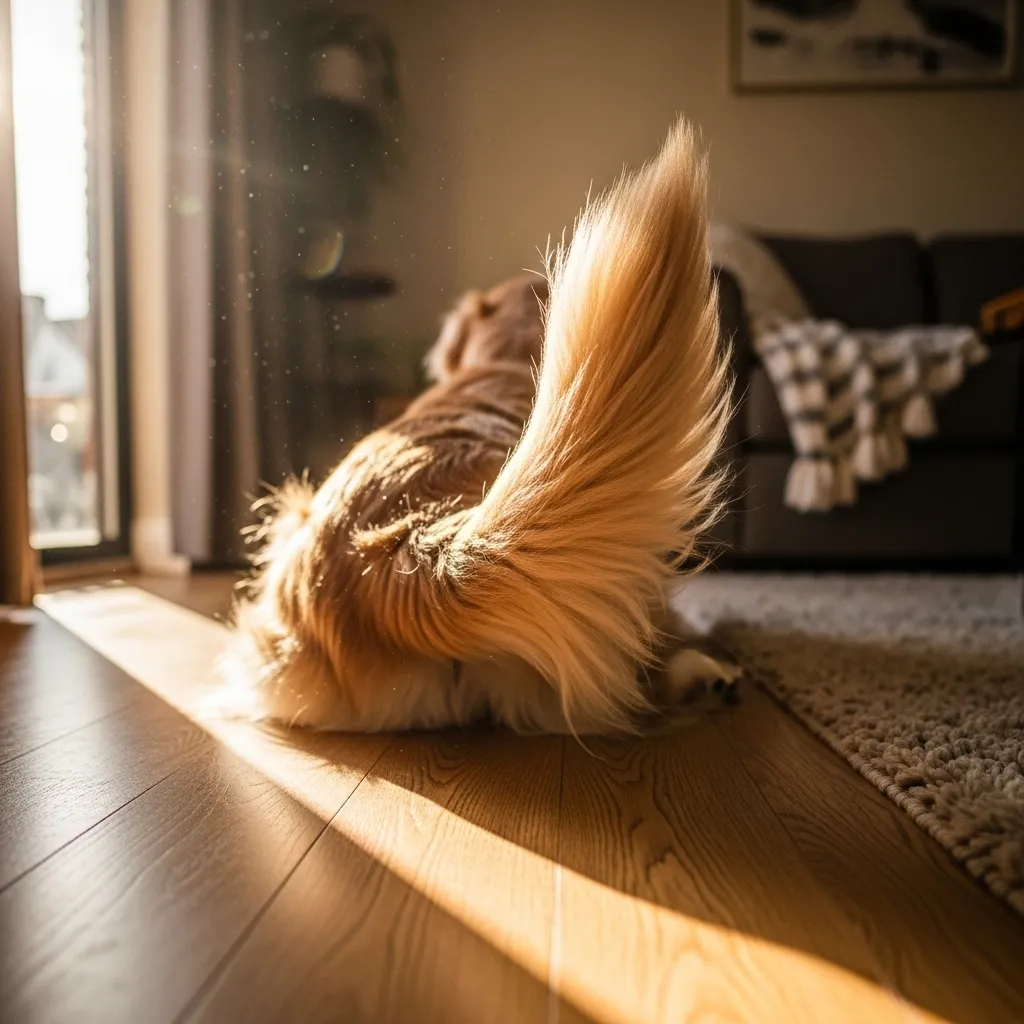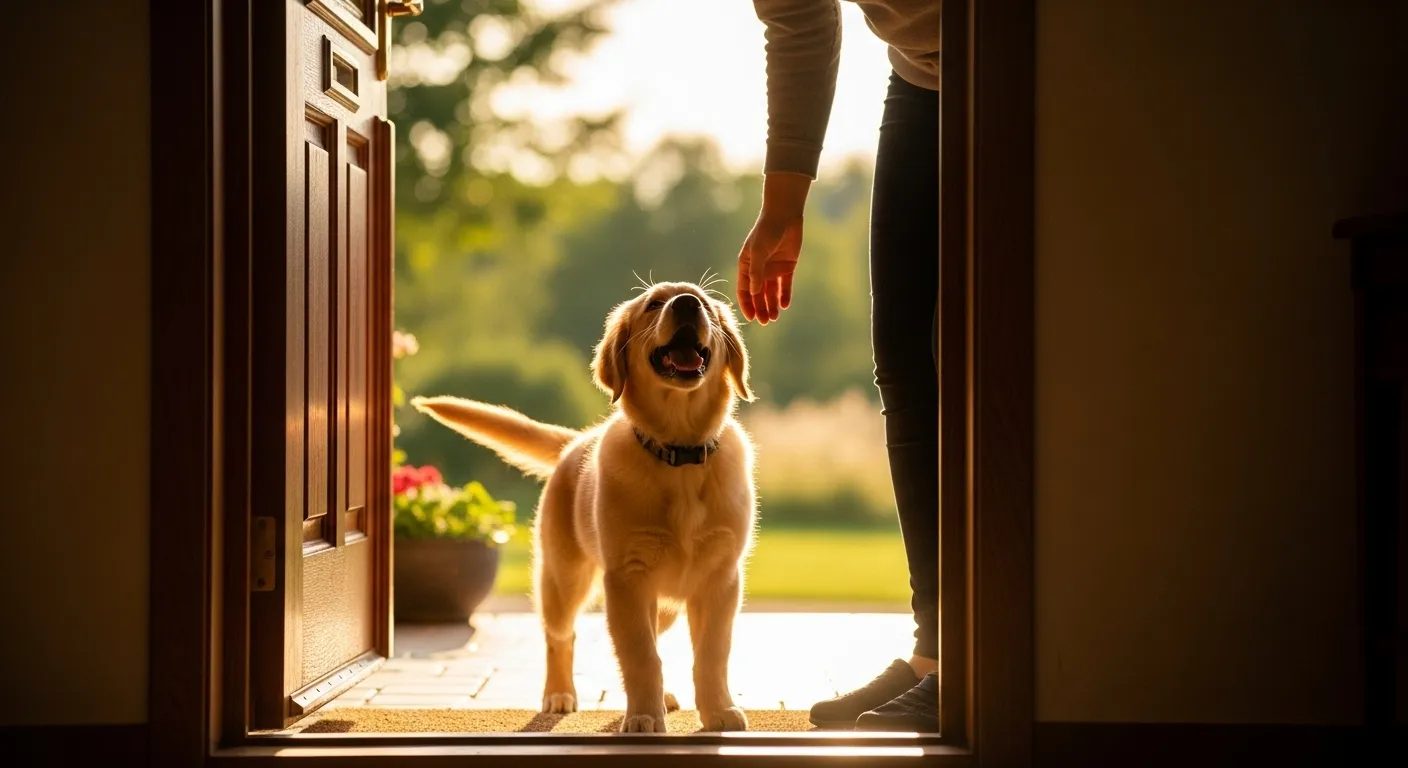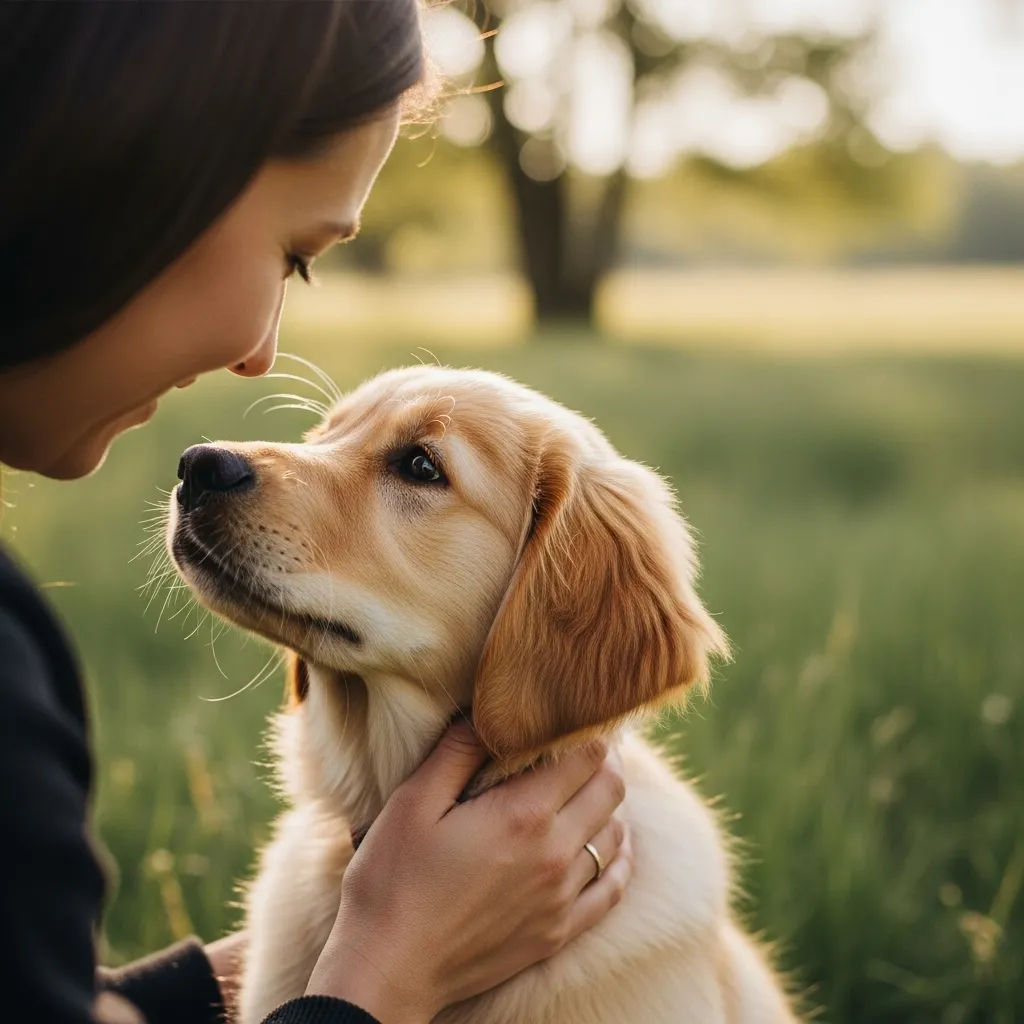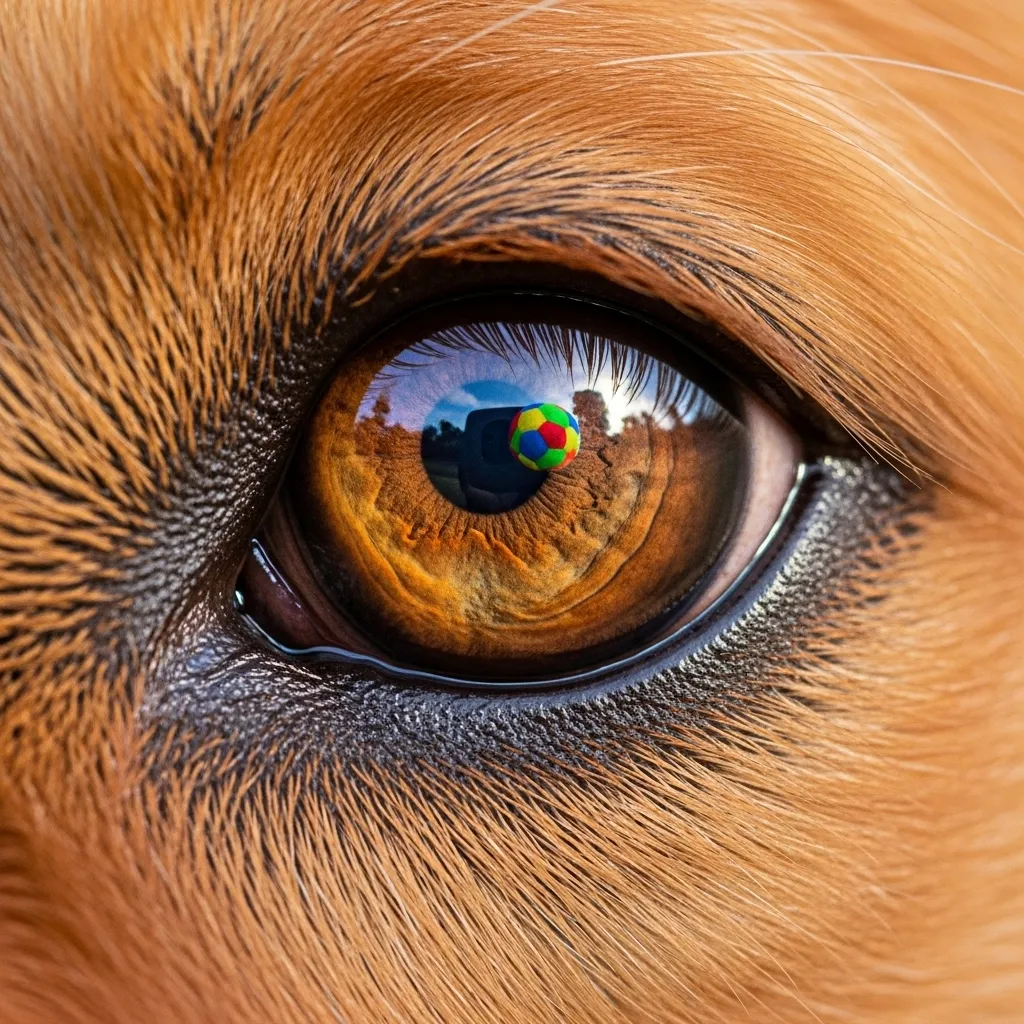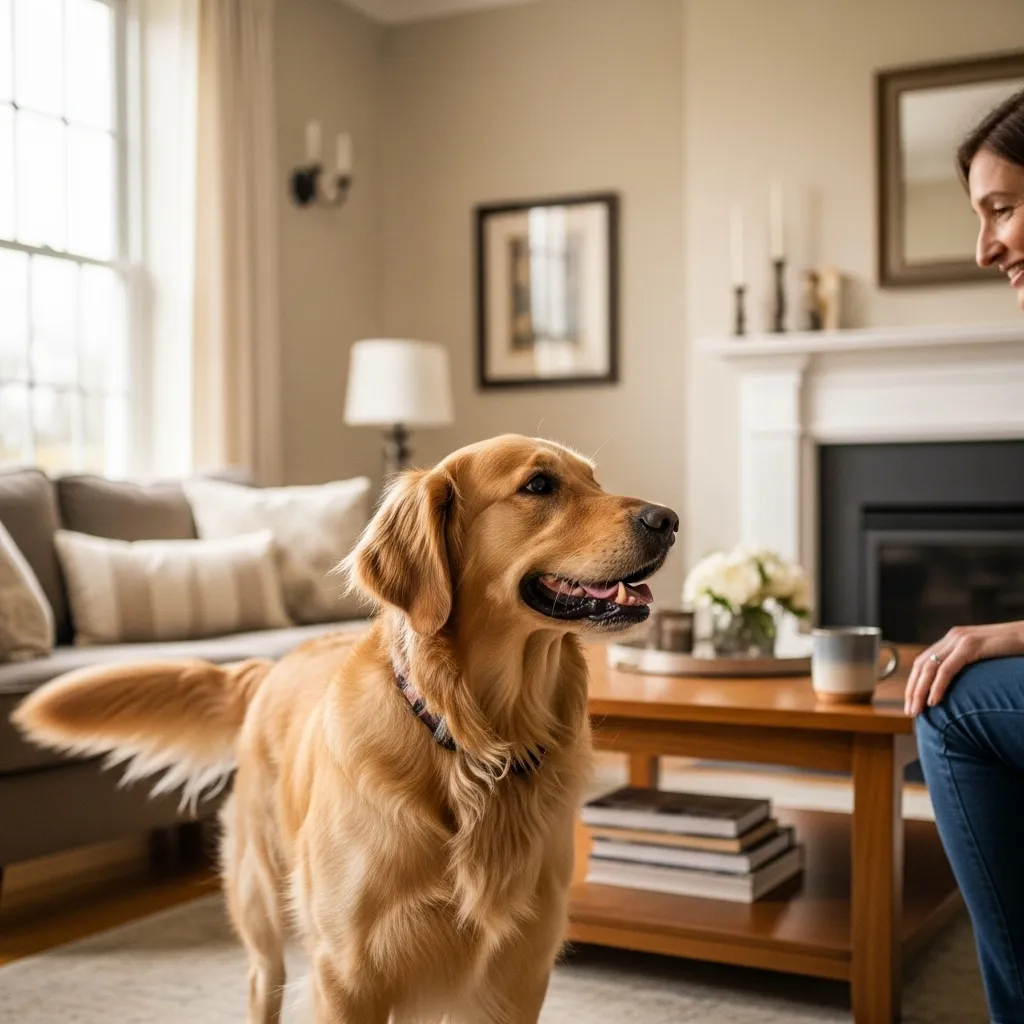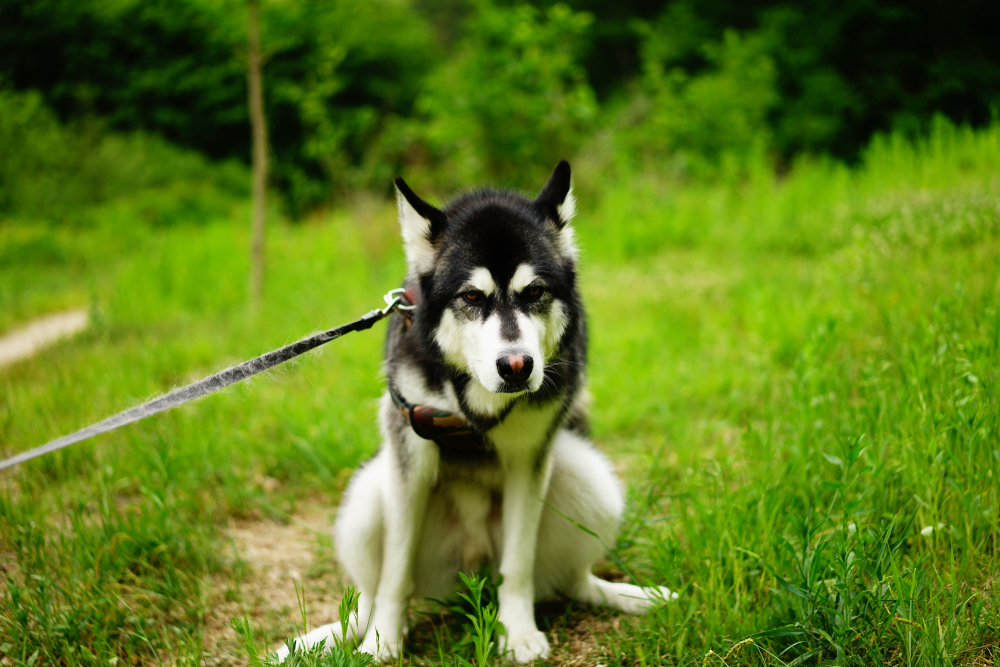
How dogs are constipated in the first place
Right after your dog eats, the food goes into his digestive tract. The main characters involved in this process are the stomach, small intestine, and large intestine, which is also known as the colon.
In the colon, the last steps in the digestive process take place. It gets the chyme, which is a mass of a big part of the digestive food and juices, from the small intestines, and then it absorbs electrolytes and water from the mass as the feces travel toward the rectum.
The mass is then guided through the colon by natural lubrication, helped by the rhythmic action of the colon wall muscles.
If the fecal material slows down, the colon will keep on absorbing the waste and water from it. This is how smaller and drier feces appear, and that’s why it’s much harder for your dog to release them.

